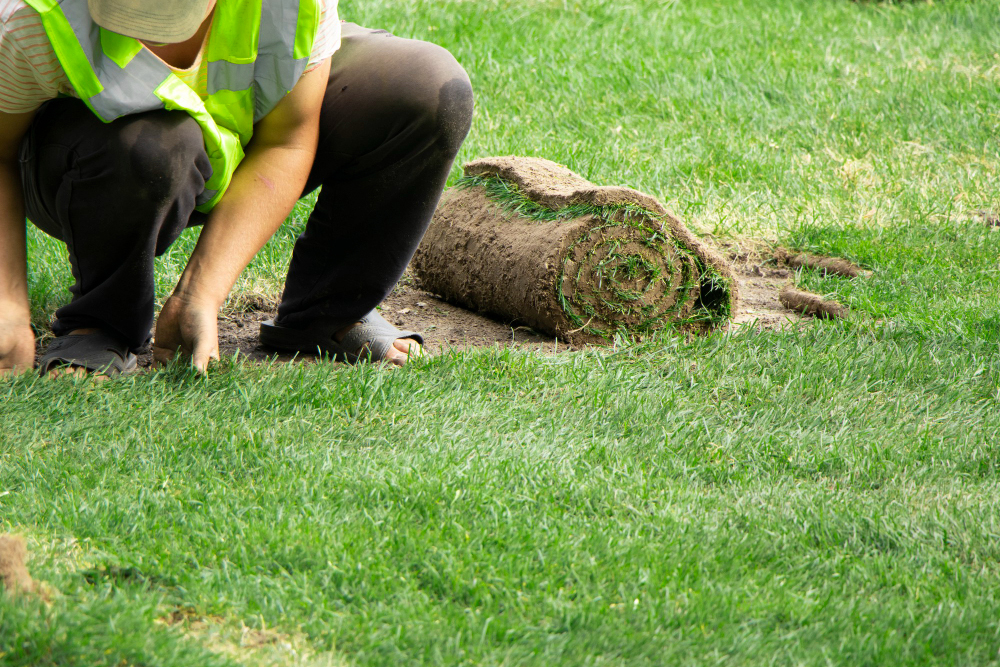Pro Tips for Getting Your Grass Green After A Drought

There is something truly magical about having a lawn that looks green and lush. It's not just about aesthetics but it's also one of the signs that your lawn is healthy. However, achieving that green lawn can be quite challenging especially when you live in an area that experiences droughts. If you're struggling to get your lawn back in shape after a dry spell, you're not alone. In this blog post, we'll share with you some pro tips for getting your grass green after a drought.
1. Water deeply and less frequently
First things first, your lawn needs water to grow and stay healthy. However, watering your lawn every day or every other day won't cut it. It will only encourage shallow root growth, making your lawn more susceptible to drought and other problems. Instead, water your lawn deeply but less frequently. This will encourage deep root growth which will make your lawn more resilient and drought-tolerant. Aim to water your lawn once or twice a week and make sure that the water penetrates at least 6 inches into the soil.
2. Mow your lawn high
Many people don't realize that the height of their lawn has a big impact on its health. Mowing your lawn too short can weaken it and leave it vulnerable to pests, diseases, and drought. On the other hand, mowing your lawn too high can also cause problems. That's why we recommend that you mow your lawn high, about 2 to 3 inches tall, to promote healthy growth and protect it from drought. Taller grass shades and cools the soil, which helps retain moisture and reduces water loss.
3. Fertilize your lawn
When your lawn is recovering from a drought, it needs all the nutrients it can get to boost its growth and health. That's where fertilizers come in. Choose a high-quality fertilizer that contains the necessary nutrients for your grass, such as nitrogen, phosphorus, and potassium. Apply the fertilizer according to the instructions and avoid over-fertilizing your lawn as it can also cause problems.
4. Fix compacted soil
Compacted soil can prevent water and nutrients from reaching the roots of your grass, causing it to weaken and turn yellow. If you suspect that your soil is compacted, you need to aerate it. Aeration involves punching holes in the soil to help air, water, and nutrients penetrate deeper. You can use aeration shoes or a lawn aerator to do this.
5. Consider using drought-tolerant grass
Lastly, if you live in an area that experiences droughts frequently, it may be worth considering switching to a drought-tolerant grass species. These types of grass are specifically bred to withstand long periods of dry weather without losing their color or health. Some examples of drought-tolerant grasses include Bermuda grass, buffalo grass, and fescue grass.
Conclusion
There you have it, folks, our top pro tips for getting your grass green after a drought. While it may take some time and effort to nurse your lawn back to health, the results are well worth it. By following these tips, you can help your grass recover from drought and grow stronger and healthier so that it can withstand whatever challenges come its way. If you're looking for sod companies in Orlando, FL, contact From The Ground Up Landscaping today for free estimates.